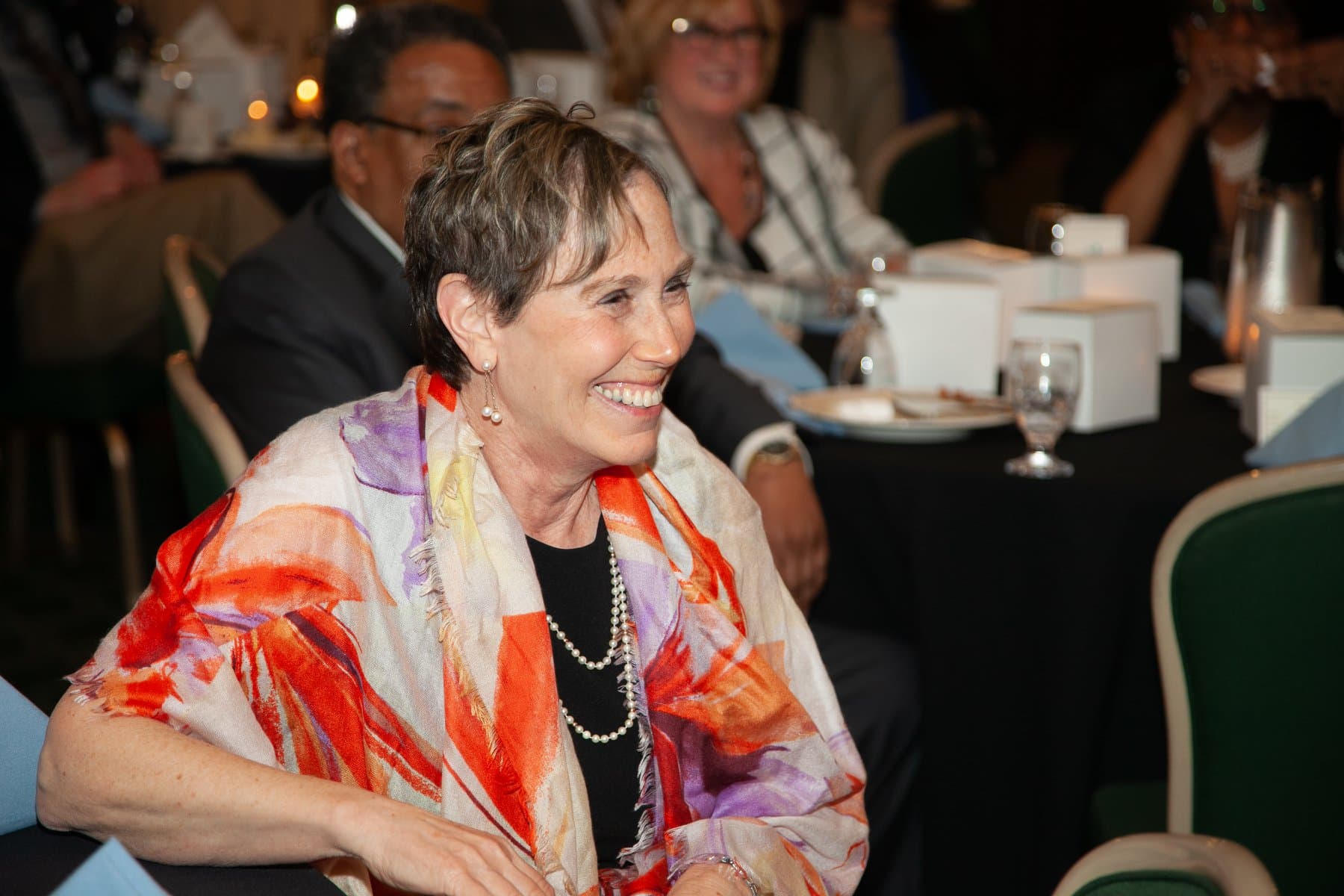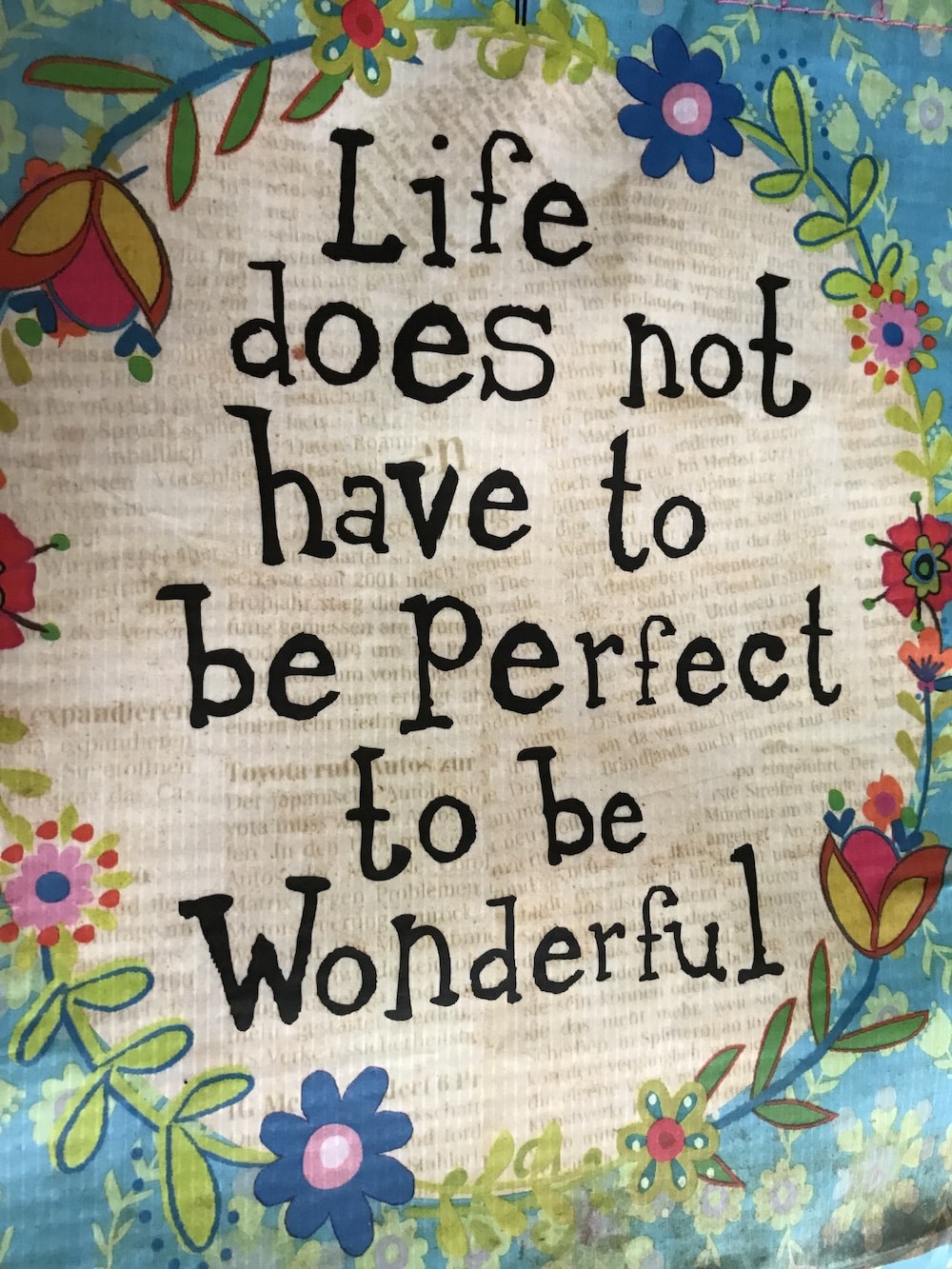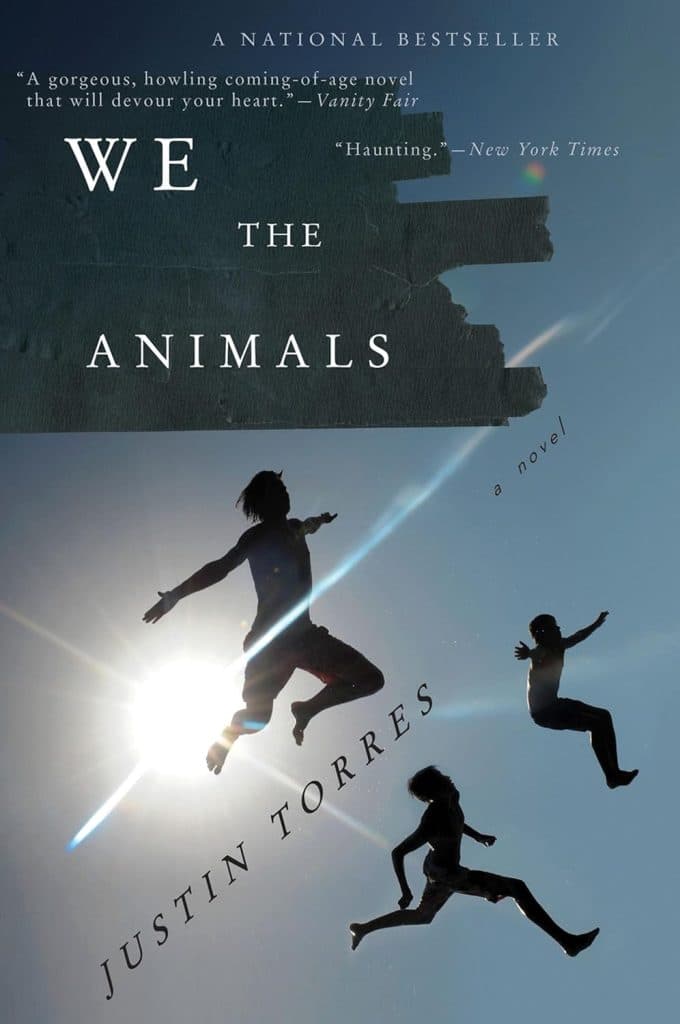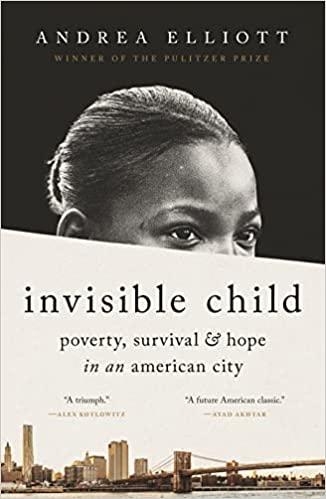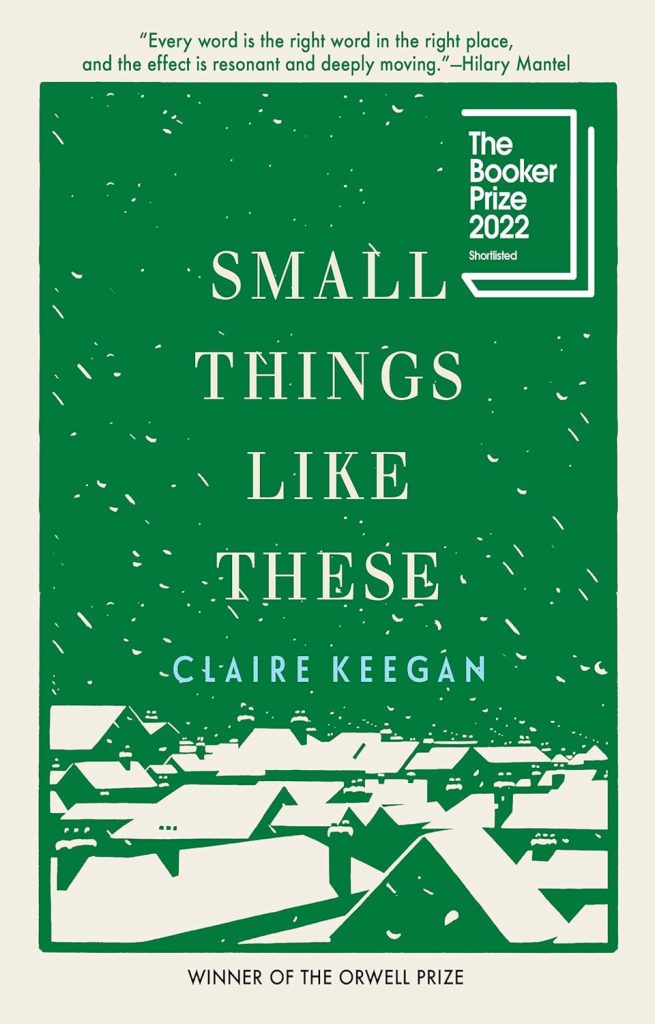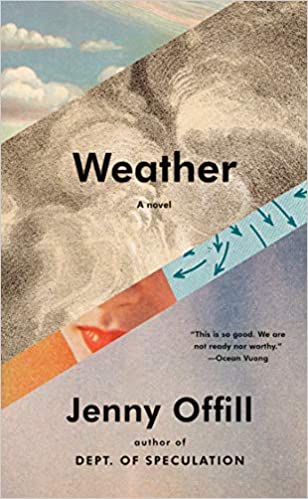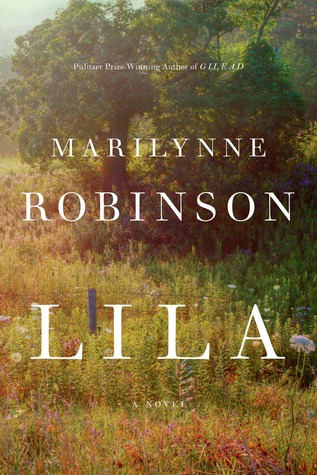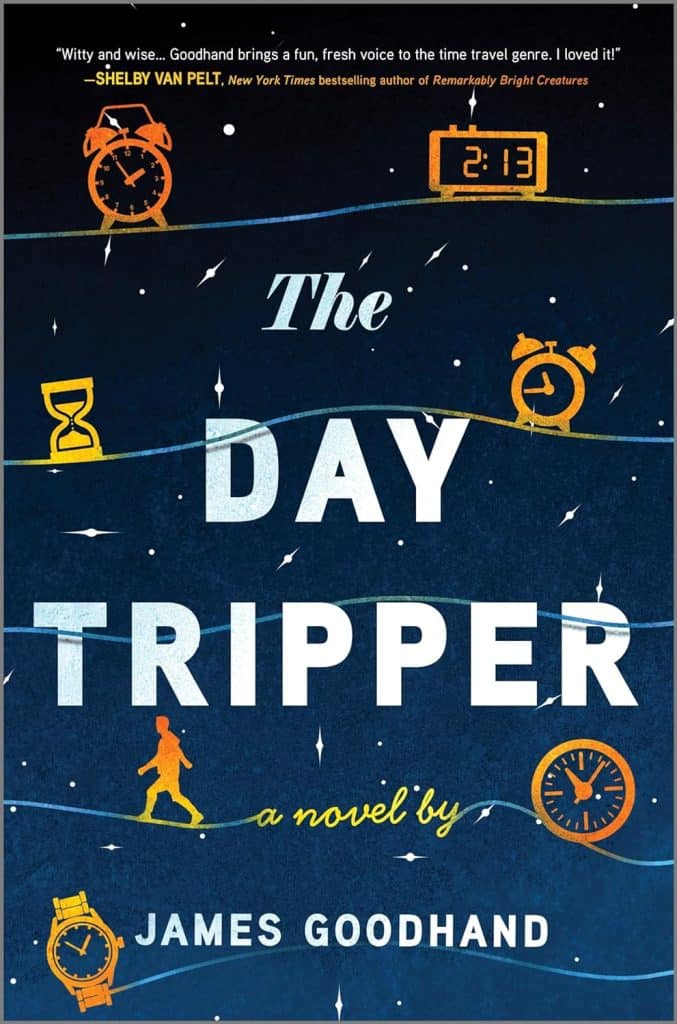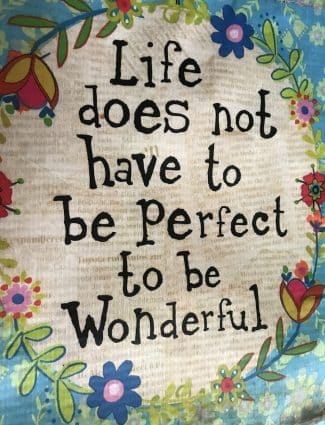
Life is Wonderful, Even if I Am Sad
Estimated reading time: 0 minutes, 43 seconds
Perhaps when I was young, I might have believed that a beautiful life would have to be perfect.
Despite my best efforts to foolproof my life by striving for perfection, it rarely worked as planned.
My life with Jan was nearly perfect, and we shared a wonderful life.
Living without the love of my life for the last year has been challenging and solitary.
Yet, my life may never be as carefree as it was, but I am confident it can and will be manageable and hopefully fabulous again.
I receive a commission when you buy a book or product using a link on this page. Thank you for supporting Sharing Jan’s Love blog.
